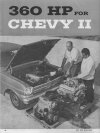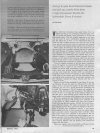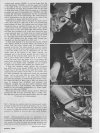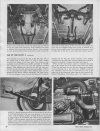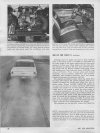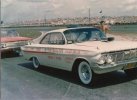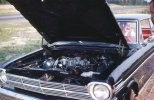George Klass
Well Known Member
What happened to Chevrolet in the F/X classes? Chevy never actually had a full blown factory supported F/X team. The Z-11 was created as a Super Stock car, and NHRA should have permitted it to run in the S/S class. They didn't, unfortunately. Ford did have a F/X team (the Mustangs). Pontiac had a F/X team (the LeMans team). Mercury had a F/X team. Dodge and Plymouth never had a full-size F/X car team, only the altered wheelbase cars which NHRA refused to accept. I realize that GM was somewhat nervous about the Feds, etc., but Chevy could have easily created a "drop-in kit" to install the 427 engine into either a Chevelle or a Nova. The "kit" would be sold to the customer by the dealer, to do his own installation; the customer would have to purchase the engine and his own Chevelle or Nova. Chevy could have saved a lot of cash using this idea, and would also have created a cracker jack F/X car...
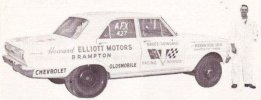
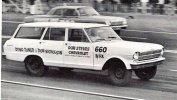
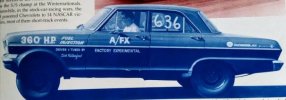
These cars were not built at the factory, the owners purchased the cars and installed the engines themselves, all of which was approved by NHRA...



These cars were not built at the factory, the owners purchased the cars and installed the engines themselves, all of which was approved by NHRA...
Last edited:

